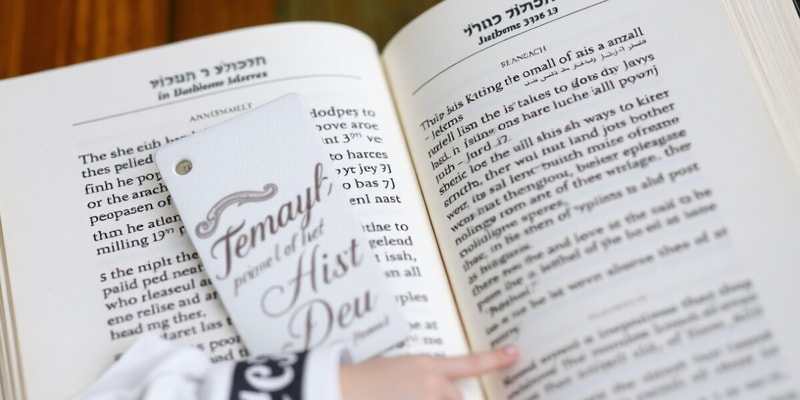Podcast
Questions and Answers
What does the ASTM E84 test primarily measure regarding materials?
What does the ASTM E84 test primarily measure regarding materials?
Which of the following materials has a flame spread rating of 0?
Which of the following materials has a flame spread rating of 0?
In high-risk areas, what is the maximum flame spread rating typically allowed?
In high-risk areas, what is the maximum flame spread rating typically allowed?
What is a factor considered in determining failure during fire resistance testing?
What is a factor considered in determining failure during fire resistance testing?
Signup and view all the answers
Which of the following materials has a flame spread rating that ranges between 100 and 215?
Which of the following materials has a flame spread rating that ranges between 100 and 215?
Signup and view all the answers
Study Notes
Fire Hazard Classification of Building Materials
- Materials are classified according to their reaction to fire
- Materials not ignitable up to 1,380°F for 5 minutes are considered noncombustible
- Structural base of noncombustible materials with surfacing not more than 6 inches thick and a flame spread rating no higher than 50 are permissible
- Other materials with flame spread not higher than 25 without evidence of progressive combustion are also permissible.
- Flame spread is measured using ASTM E 84 test (tunnel test)
- Flame spread rates are used to determine the hazard-to-life, especially in areas like schools, public assembly, corridors, etc.
- Higher flame spread ratings are permitted in areas with lower exposure hazard.
Flame Spread Ratings
- Asbestos-cement board: 0
- Gypsum plaster: 0
- Painted steel: 0
- Gypsum lath: 10
- Gypsum wallboard: 10 to 15
- Vermiculite acoustical plaster: 10 to 15
- Acoustical tile (mineral): 10 to 15
- Fiberboard tile (plain finish): 76 to 122
- Fiberboard tile (acoustical): 82 to 164
- Red oak: 100
- Douglas fir: 100 to 110
- Birch: 105 to 215
- Douglas fir plywood: 125 to 195
Studying That Suits You
Use AI to generate personalized quizzes and flashcards to suit your learning preferences.
Description
This quiz explores the classification of building materials based on their fire reaction and flame spread ratings. Learn about the criteria for noncombustibility and acceptable materials in different hazard areas. Test your knowledge on important fire safety standards and ratings relevant for construction.



